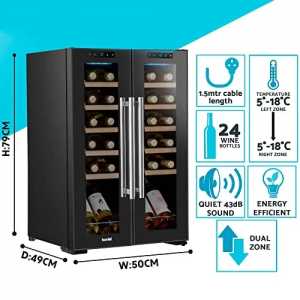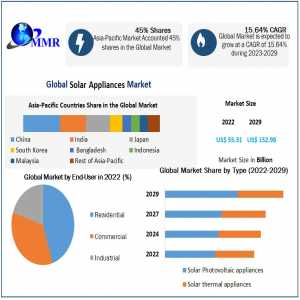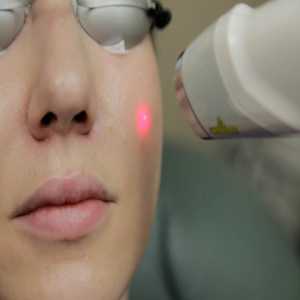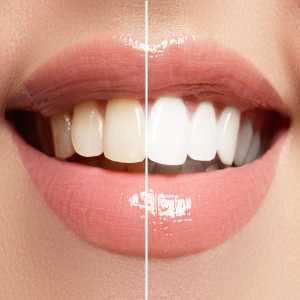
Glaucoma Awareness: Detecting And Managing The Silent Thief Of Sight
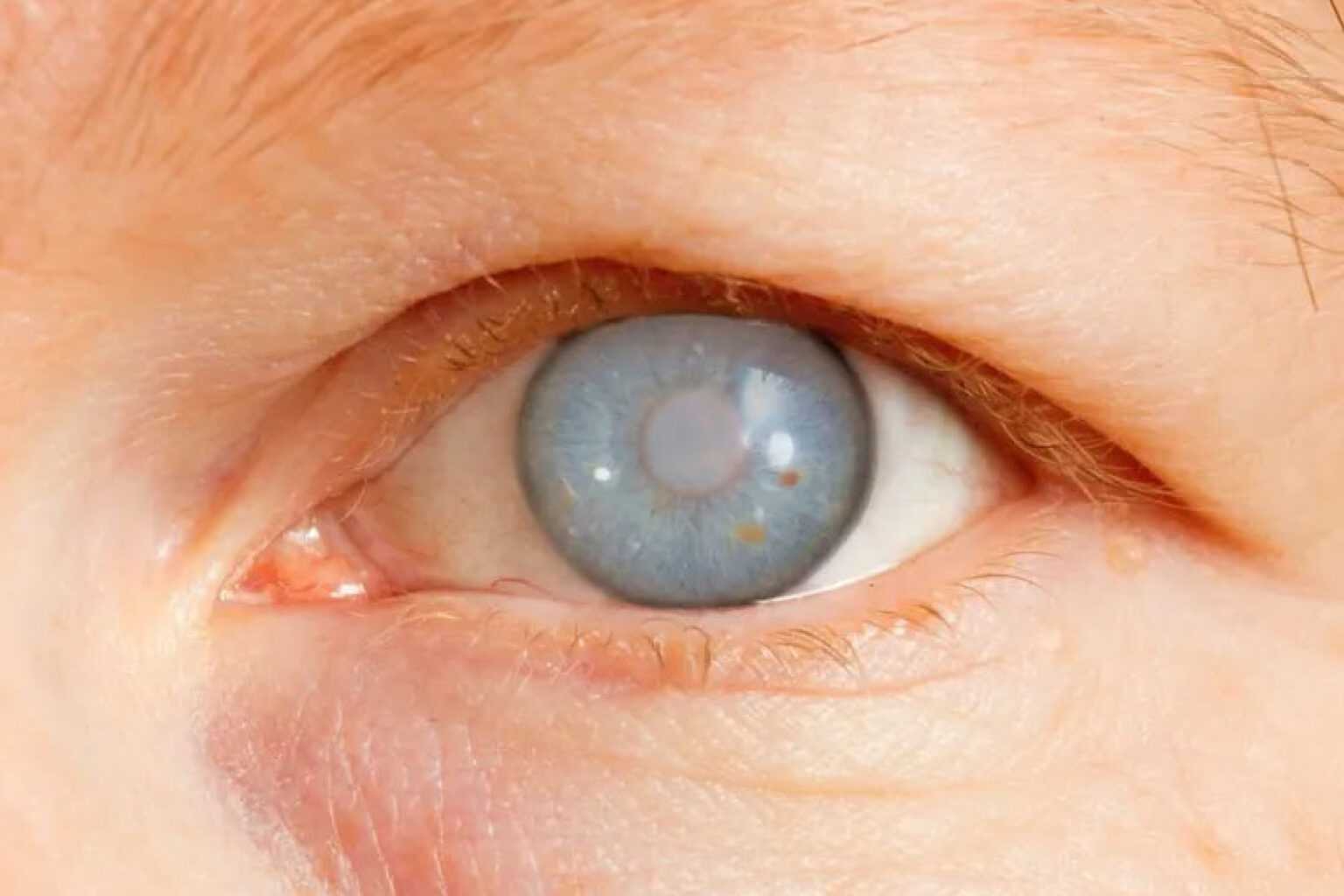
Glaucoma is frequently referred to as the "silent thief of sight" because it can progressively impair vision without causing symptoms until serious harm has been done. The optic nerve is harmed with this eye ailment, usually as a result of elevated intraocular pressure (IOP). To preserve vision and maintain quality of life, early detection and care are essential.
What is Glaucoma?
A class of eye conditions known as glaucoma harms the optic nerve, which is responsible for sending visual data from the eye to the brain. Primary open-angle glaucoma (POAG), the most prevalent type, progresses gradually and painlessly before gradually causing visual loss. There are other varieties as well, such as secondary glaucoma, normal-tension glaucoma, and angle-closure glaucoma, each with unique risk factors and causes.
Symptoms and Signs
One of the challenges with glaucoma is that it often develops without noticeable symptoms in the early stages. As the condition progresses, you may experience:
- Peripheral Vision Loss: The first signs are usually loss of peripheral vision, which can progress to tunnel vision if left untreated.
- Blurry Vision: Some individuals may notice a gradual blurring or distortion in their central vision.
- Halos Around Lights: In certain types of glaucoma, particularly angle-closure glaucoma, halos around lights may occur.
- Eye Pain or Headaches: Acute angle-closure glaucoma can cause severe eye pain, headaches, and nausea. This is a medical emergency and requires immediate attention.
Since many people don't notice signs of glaucoma until the condition has progressed, routine eye exams are crucial for early detection.
Risk Factors
The following variables can raise your risk of glaucoma:
- Age: People over 60 are at higher risk, though glaucoma can occur at any age.
- Family History: A family history of glaucoma increases your risk.
- Ethnicity: African Americans and Hispanics are at higher risk, and they tend to develop the disease earlier and experience more severe forms.
- Eye Conditions: High intraocular pressure, eye injuries, or certain eye surgeries can elevate your risk.
- Medical Conditions: Conditions like diabetes, high blood pressure, and certain types of heart disease can be associated with a higher risk of glaucoma.
Diagnosis
Detecting glaucoma involves a series of tests that assess the health of your optic nerve and measure intraocular pressure. These tests include:
- Tonometry: Measures the pressure inside your eye. High IOP can be a sign of glaucoma.
- Ophthalmoscopy: This allows the doctor to examine the optic nerve for signs of damage.
- Perimetry: Also known as visual field testing, it assesses your peripheral vision to detect any loss.
- Gonioscopy: Examines the angle where the iris meets the cornea to check for blockages or abnormalities.
If you’re diagnosed with glaucoma, your eye doctor will discuss the severity and the best course of action based on your situation.
Treatment Options
While there is no cure for glaucoma, there are effective treatments to manage the condition and prevent further vision loss. The main goal of treatment is to lower intraocular pressure to prevent optic nerve damage. Treatment options include:
- Medications: The most popular first therapy for eye drops is prescription medication. They function by either raising or decreasing the outflow of intraocular fluid. If using eye drops alone is ineffective, a prescription for an oral drug may be given.
- Laser Therapy: Several types of laser treatments can help reduce intraocular pressure by improving fluid drainage from the eye:
- Laser Trabeculoplasty: Enhances the drainage angle to improve fluid outflow.
- Laser Iridotomy: This procedure creates a small hole in the peripheral iris to improve fluid flow in cases of angle-closure glaucoma.
- Surgery: Surgical options may be considered if medications and laser treatments are insufficient. These procedures create a new drainage pathway for the eye fluid or improve the existing drainage system.
- Trabeculectomy: Creates a new drainage channel to help fluid leave the eye.
- Tube Shunt Surgery: Implants a small tube to help drain fluid from the eye.
A glaucoma surgery specialist in Chinchwad plays a key role in managing glaucoma, offering expert surgical solutions to control eye pressure and prevent vision loss. Their specialized skills are vital for early detection and effective treatment, helping to safeguard your sight and enhance overall eye health.
Managing Glaucoma
Effective management of glaucoma involves a combination of medical treatment, regular monitoring, and lifestyle adjustments:
- Adherence to Treatment: Consistently use prescribed medications and follow your doctor’s instructions to control intraocular pressure.
- Regular Eye Exams: Regular check-ups are crucial to monitor the disease’s progression and adjust treatment as needed.
- Healthy Lifestyle: To support overall eye health, maintain a nutritious diet, manage underlying health conditions, and avoid smoking.
- Protective Measures: Wear protective eyewear to prevent eye injuries that could exacerbate glaucoma.
Conclusion
Glaucoma is a serious eye condition that can silently rob you of sight. Still, with early detection and appropriate management, preserving your vision and maintaining a good quality of life is possible. Regular eye exams are the key to catching glaucoma before it causes significant damage. If you’re at risk or experience any symptoms, consult an eye care professional promptly. By staying informed and proactive, you can take control of your eye health and protect your vision for years to come
Author Bio
Article Comments
No Comments!
At present there are zero comments on this article.
Why not be the first to make a comment?
Similar Articles
Search Pages
User Upgrade
account to full use of editor,
Including hyperlinks
Article Categories
There are zero sub-categories in this parent category.
There are zero sub-categories in this parent category.
